If you don't want to drink sour coffee beans, what baking degree should you choose? Understand the effect of baking degree on flavor
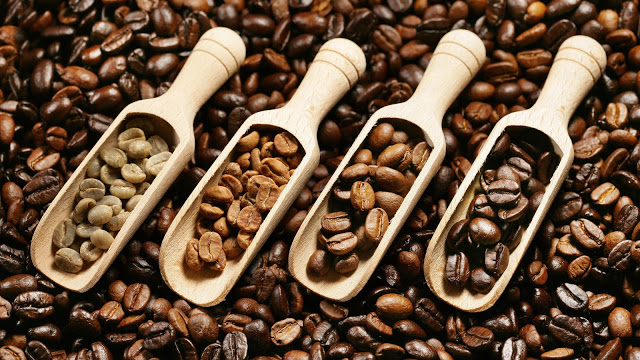
Professional coffee knowledge exchange more coffee bean information please follow the coffee workshop (Wechat official account cafe_style)
An explosion? Second explosion? Shallow baking? Medium baking? Medium and deep baking? Do these nouns make you big for the first two?
Don't worry! The editor will explain for you this time, so that when you choose coffee in the future, you can not only choose the flavor you like, but also choose the flavor in the cup for your partner or friends ~ let them be impressed with you!
To know how to distinguish between deep and shallow baking, you must first understand
There are two kinds of coffee roasting: first explosion and second explosion.
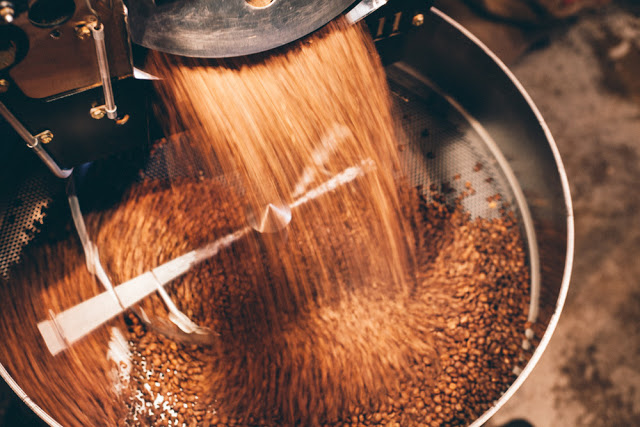
In the process of baking, the temperature of the beans will gradually rise, making the ingredients in the coffee beans begin to change chemically, and bit by bit to form the color, bitterness, sour taste, aroma and other characteristics of the coffee beans.
In the process, beans also produce water vapor and carbon dioxide, which increase the pressure inside the coffee beans, so the coffee beans swell.
So do you know why it's called "bang"? It is because the greater the pressure in the coffee bean, the coffee bean expands to a certain limit, it will crackle, just like popcorn, this is the so-called "explosion", that is, the cell of the coffee bean is destroyed for the first time.
After the first explosion, the second explosion is not difficult to understand.
Yes, it was the second time that the cells of coffee beans were damaged.
Because some of the ingredients produced after an explosion will begin to heat up and decompose at the same time, the whole process will still produce gas, and if there is gas, the beans will continue to expand, so it will make a crackling sound like an explosion.

After we know what the first explosion and the second explosion are, we can take a look at the deep and shallow baking methods and flavor features.
The baking method described here is based on the definition described in Fine Coffee.
But at present, many baking workshops also have their own set of standards, so only for everyone to do a general direction of reference yo!
L Fruit acid ☛ looking for shallow culture
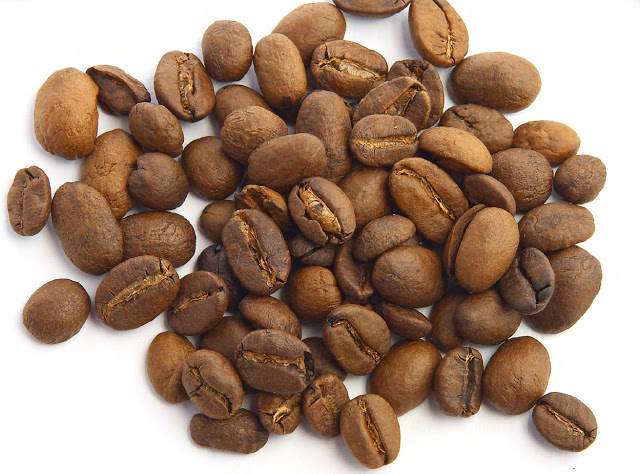
Shallow roasting refers to the coffee beans from the middle of the explosion to the end of the explosion.
In the initial stage of enzyme action and Mena reaction, the organic acid of coffee beans has not been completely cracked, so the sour taste will be more eye-catching, bitter shallow to feel, very suitable for friends who like sour coffee.
Most of the flavors are sour flowers and fruits, cinnamon, cereals and toast.
L lust for sweetness and ☛ to find and bake
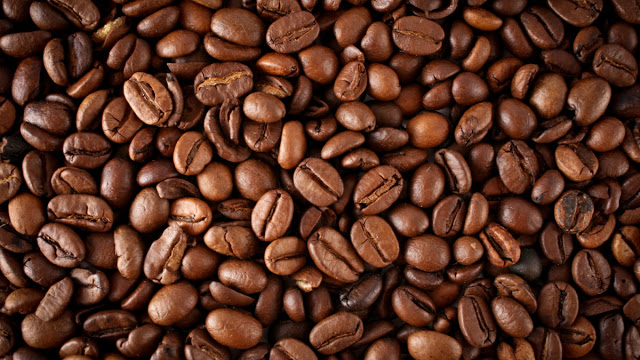
Medium baking refers to the end of the first explosion to the second explosion.
At this time, the baking process is caramelized and reacts more with Mena, which, although still sour, is significantly weaker than shallow baking.
At this time, the sour and bitter is more neutral, so the sweet flavor is more prominent, very palatable, changing to caramel, chocolate and so on.
It is usually regarded as the roasting degree that can release the best characteristics of boutique coffee, and it is also the most commonly used roasting degree.
L concentrated alcohol ☛ to find medium and deep baking / deep baking
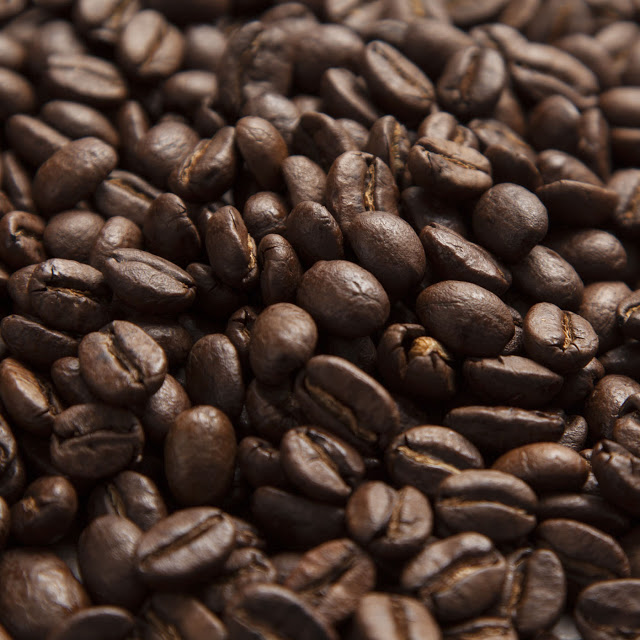
Medium-deep baking refers to the violent explosion from the first to the middle of the second explosion, while deep baking refers to the second explosion, and there is little difference in the baking degree between the two.
At this time, most of the baking process has been completed, leaving the end of the dry cracking products, so mainly resin, wine smell, scorched aroma, bright sour taste almost disappeared, bitterness aggravated, the flavor is more mellow, very suitable with milk to make latte to drink.
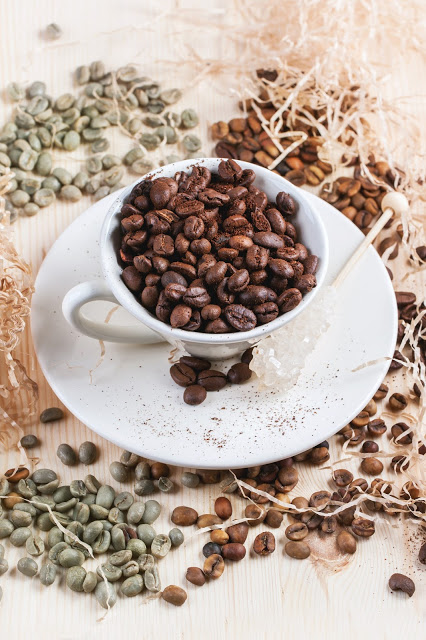
Although the baking method is generally distinguished in this way, in fact, when choosing the baking degree, we also need to consider the bean producing area, variety and baker's style, and these factors will also indirectly affect the choice of baking depth.
The barista will adjust the most appropriate baking curve according to the characteristics of each bean, sometimes the flavor produced by one degree or two seconds is completely different, so it is very important to handle it properly.
.
Important Notice :
前街咖啡 FrontStreet Coffee has moved to new addredd:
FrontStreet Coffee Address: 315,Donghua East Road,GuangZhou
Tel:020 38364473
- Prev
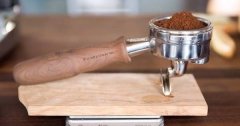
The difference between espresso and SOE espresso recommended for medium roasted SOE espresso beans
Professional coffee knowledge exchange more coffee bean information please follow the coffee workshop (Wechat official account cafe_style) what does SOE mean? Are you a little misunderstood about SOE coffee? What is the term SOE SOE, is the abbreviation of SIngle Origin espresso, translated is the meaning of espresso in a single producing area, single coffee refers to the only coffee produced.
- Next
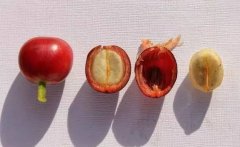
The source of sour coffee the relationship between roasting degree and sour taste
Professional coffee knowledge exchange more coffee bean information please follow the coffee workshop (Wechat official account cafe_style) coffee sour source pleasant sour and annoying sour coffee most people mistakenly think that coffee is not fresh will have sour, in fact, coffee itself is acidic drink, coffee is sour, depends on the variety of beans and roasting, roasting
Related
- Beginners will see the "Coffee pull flower" guide!
- What is the difference between ice blog purified milk and ordinary milk coffee?
- Why is the Philippines the largest producer of crops in Liberia?
- For coffee extraction, should the fine powder be retained?
- How does extracted espresso fill pressed powder? How much strength does it take to press the powder?
- How to make jasmine cold extract coffee? Is the jasmine + latte good?
- Will this little toy really make the coffee taste better? How does Lily Drip affect coffee extraction?
- Will the action of slapping the filter cup also affect coffee extraction?
- What's the difference between powder-to-water ratio and powder-to-liquid ratio?
- What is the Ethiopian local species? What does it have to do with Heirloom native species?

